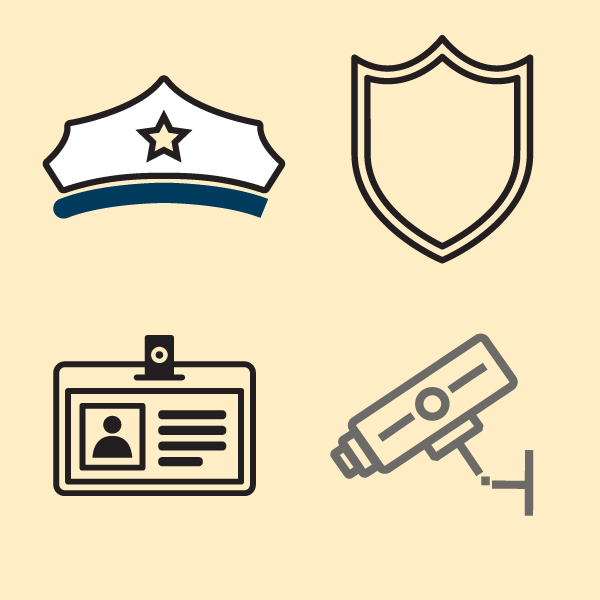Share Your Feedback
The REMS TA Center seeks your feedback to ensure that the Website is continually enhanced to meet your needs.

Access resources on planning for security:
Fact Sheet #REMSontheAir Podcast Series Training Materials Maximizing School and Higher ed Security as a Part of Emergency Management PlanningSecurity Annex
Plan the courses of action to implement on a routine, ongoing basis to secure the school from criminal threats originating from both inside and outside the school. This includes efforts done in conjunction with law enforcement personnel.
The planning team should consider the following when developing its goals, objectives, and courses of action:
- How agreements with law enforcement agencies address the daily role of law enforcement officers in and around school.
- How to make sure the building is physically secure (including implementation of Crime Prevention Through Environmental Design [CPTED]);
| CPTED Principles | |
|---|---|
| Natural Surveillance | Arranging physical features to maximize visibility. |
| Natural access control | Guiding people with signage, well-marked entrances and exits, and landscaping while limiting access to certain areas by using real or symbolic barriers. |
| Territoriality reinforcement | Clearly delineating space, expressing pride and ownership, and creating a welcoming environment. |
| Management and maintenance | Ensuring building services function properly and safely, and the exterior is properly maintained and organized with landscaping and plantings maintained and trimmed. |
- How to get students to and from school safely (including traffic control and pedestrian safety);
- How to keep prohibited items out of school;
- How to respond to threats identified by the behavioral threat assessment team; and
- How information will be shared with law enforcement officers or other responders (keeping in mind any requirements or limitations of applicable privacy laws, including the Family Educational Rights and Privacy Act of 1974 [FERPA], the Health Insurance Portability and Accountability Act of 1996 [HIPAA], and civil rights and other laws). For more information on FERPA and HIPAA, visit Information Sharing.


